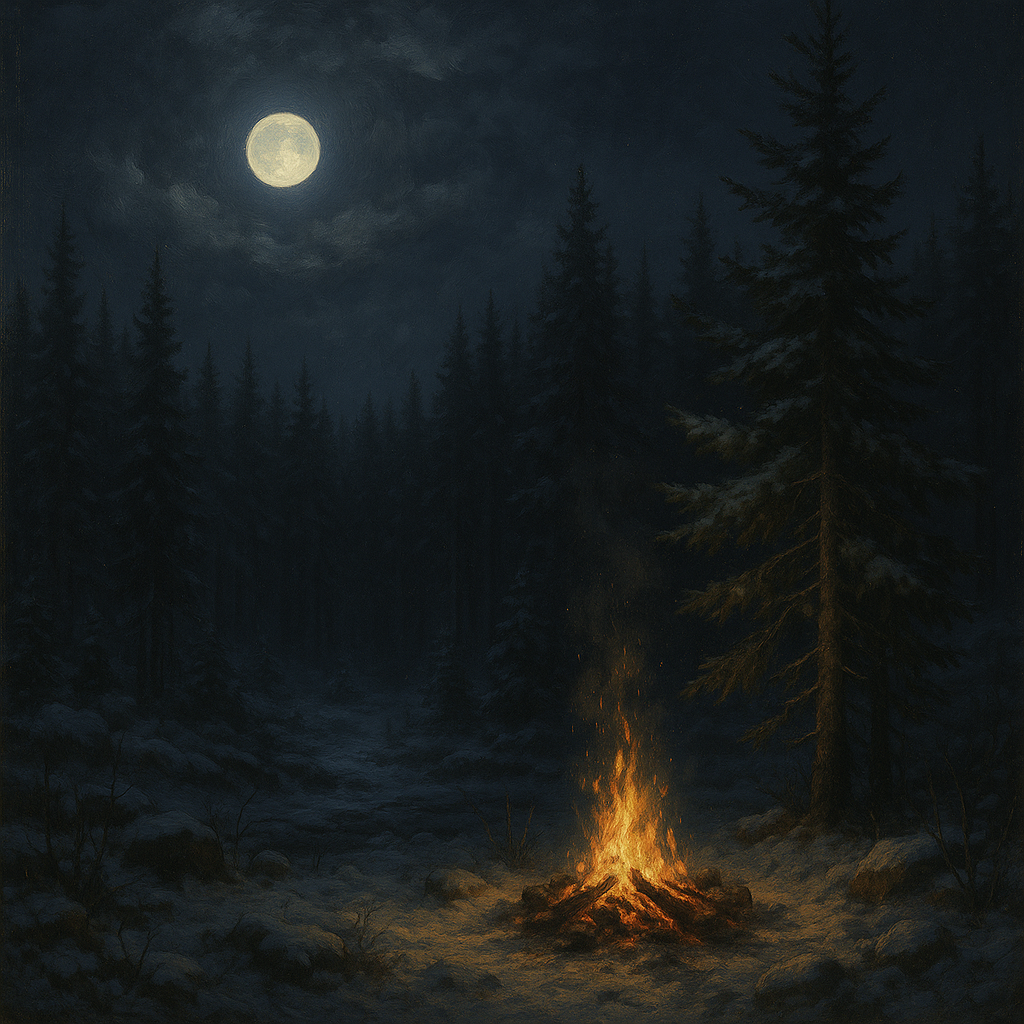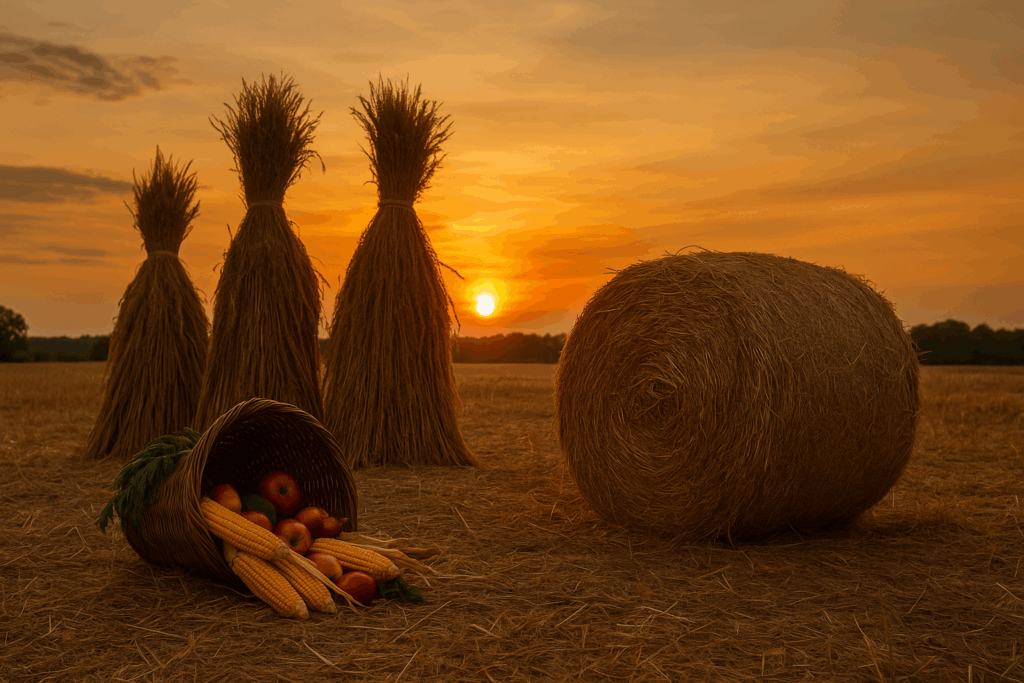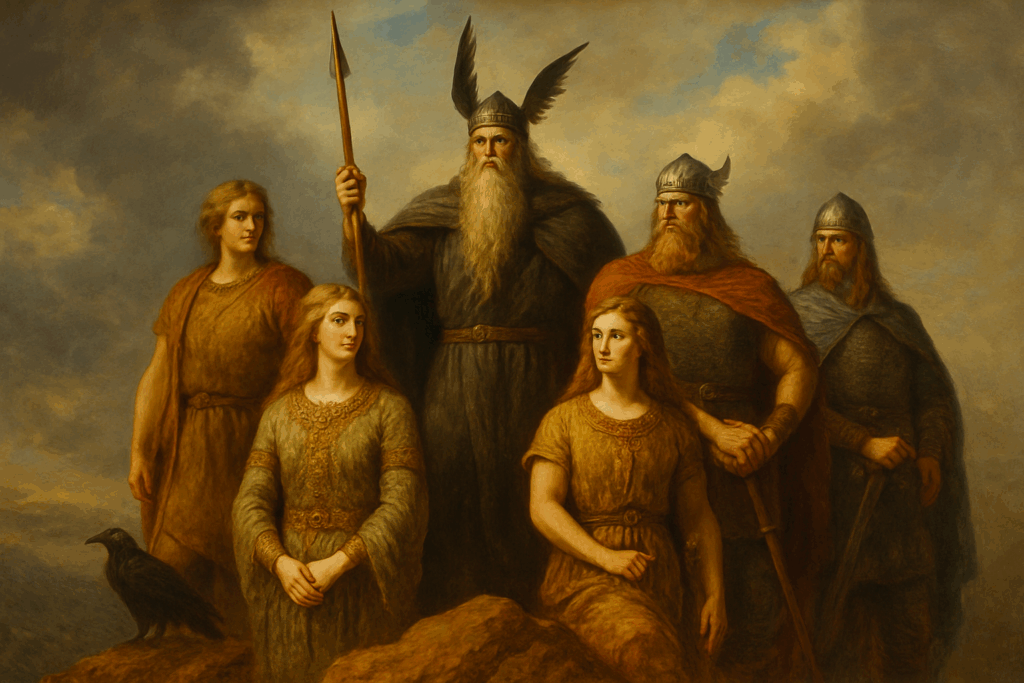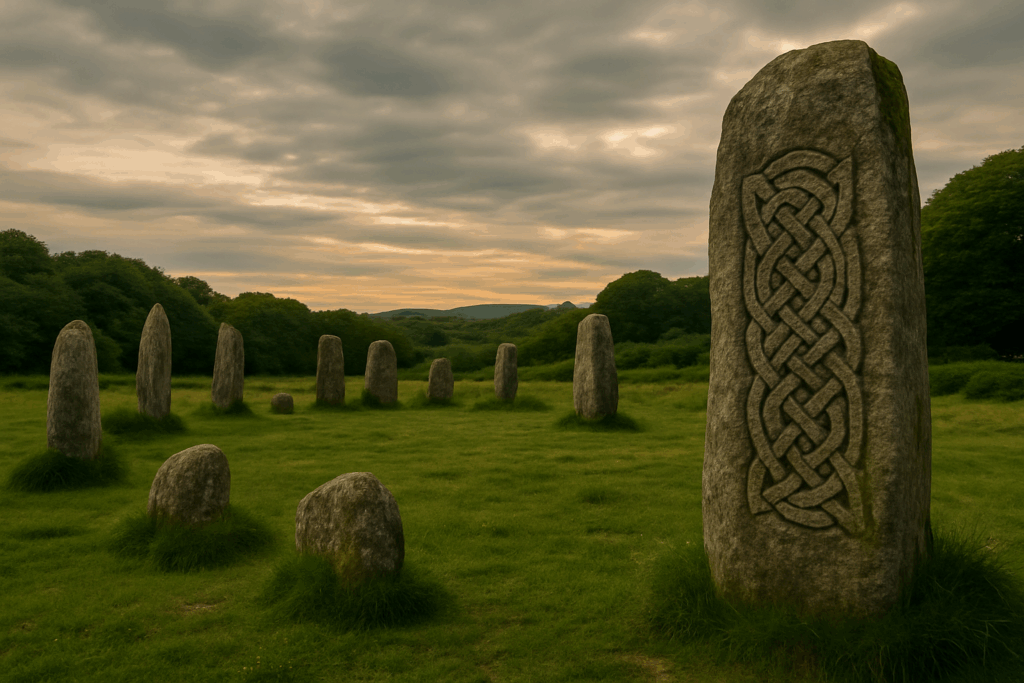🌑 November 2 – The Ancestor’s Table

Ritual feasting and remembrance through shared offerings.
There is a sacred hush that follows Samhain’s flames, a quiet that hums with the nearness of those who walked this world before us. November 2, The Ancestor’s Table, stands as the heart of this threshold season — a time when the veil has not yet lifted, when memory and spirit mingle like smoke in the cold autumn air. It is the day of feasting for the dead and the living alike, a communion across time and lineage. This is not a mourning table, but a table of honor — where bread is broken between worlds, and love transcends mortality.
In ancient traditions, the table was not merely a place of nourishment but an altar of connection. Every meal was an act of gratitude to the earth and to those who labored before us to ensure that life continued. During the ancestral days, when the sun sits low and the wind begins to carry the scent of frost, the table becomes a bridge. Across it pass whispers of those who remember and those who are remembered. In Celtic lands, in Slavic hearths, in the high Andes and the forests of the East, people once set aside a portion of every meal for the unseen guests — a gesture of respect for the ancestors who walked beside them, unseen but deeply felt. Today, we continue this timeless gesture as an offering of love that binds generations.
To prepare The Ancestor’s Table is to craft a sacred space within the mundane. It may be a wooden table set with autumn fruits, nuts, bread, and a vessel of wine or cider. It may be a single candle burning beside a photograph. The form does not matter — the essence is the intention. What matters is the invitation extended to those who came before, the acknowledgment that they still walk beside us, shaping our paths in quiet, unseen ways. When we lay food upon the table in their honor, we do not imagine them as distant or ghostly figures; rather, we welcome them home, into the warmth of our gratitude. This act of remembrance nourishes both spirit and soul, reminding us that the story of who we are began long before our own birth.
In the ancient world, food and spirit were inseparable. The act of eating was never purely physical; it was a sacred exchange. To eat together was to weave bonds — between family, between living and dead, between human and divine. The Celts believed that during Samhain and the days that followed, the ancestors could walk freely among their descendants, visiting hearths and homes, drawn by the scent of familiar food. In Mexico, this belief blossomed into Día de los Muertos — the Day of the Dead — where sugar skulls, marigolds, and favorite dishes are laid out to welcome the departed. Though customs differ across lands and centuries, the essence remains the same: love transcends death when it is nourished by remembrance.
To feast with the ancestors is not to summon spirits or dwell upon sorrow, but to celebrate continuity. The table becomes a mirror of lineage — each dish a memory, each candle a heartbeat. As you eat, you may sense the echo of laughter from long ago, or feel the weight of quiet wisdom resting beside you. You may find yourself recalling a grandmother’s hands kneading bread, a father’s voice telling stories by the fire, or the way your ancestors faced winters long before you were born. In that remembrance, something ancient stirs — a recognition that you are not alone, that you are the flowering of countless roots.
There is a deep humility in sharing food with the dead. It reminds us that our lives are built upon the labors, dreams, and sacrifices of others. The farmer who planted the first grain, the healer who learned the ways of herbs, the mother who carried her children through hunger and hardship — all of them sit invisibly at this table. When we eat in their honor, we honor the persistence of life itself. The world moves quickly now, but the table teaches slowness — to chew with gratitude, to taste with reverence, to remember that each bite carries centuries of stories.
Spiritually, the Ancestor’s Table invites reflection on the threads that tie us to both blood and spirit families. Not all ancestors are of lineage; some are of heart and spirit — teachers, mentors, artists, friends whose influence lingers long after their passing. To honor them is also to honor the ways their essence continues through us. The meal can be dedicated to their memory, the candle lit for their guidance. If there are wounds in your ancestral line — of silence, trauma, or estrangement — this ritual becomes a gentle act of healing. By setting a place for them, you offer forgiveness and peace. The ancestors, too, evolve through remembrance; love heals backward and forward through time.
To truly engage in this ritual, one must approach it not as performance, but as presence. The act of setting the table becomes meditation. Each movement — the folding of a napkin, the lighting of a candle, the placement of bread — is an invocation. As you move, you may whisper their names, or simply feel them stirring in your memory. When you sit to eat, eat slowly. Imagine that the boundary between you and them softens with each breath. You are joined, for a moment, in timeless communion. This is the sacred meal, where love is the only offering that endures.
It is said that ancestors delight in laughter as much as solemnity. To eat joyfully in their honor is to offer them light. Tell stories as you dine — speak aloud their deeds, their quirks, their songs. If you are alone, speak softly; if you are with others, share memories freely. Through your voice, the dead are remembered into life. Through your joy, they are blessed. The Ancestor’s Table becomes a living altar, a hearth where grief and gratitude are reconciled.
In modern spirituality, many have forgotten this deep intimacy with those who came before. We rush past remembrance, treating death as a separation instead of a transformation. Yet to honor the dead is to understand life more fully. The ancestors remind us that what we inherit is not only blood, but courage, creativity, and the will to continue. They remind us that we are their continuation — their unfinished prayers made flesh. When we honor them, we reawaken the sacred dialogue between past and present, between seen and unseen. The Ancestor’s Table teaches that time is not linear but cyclical, and that every act of remembrance feeds the great spiral of becoming.
As the meal concludes, it is traditional to leave a portion of food and a lit candle overnight, allowing the ancestors to partake in their own time. Come morning, the food can be returned to the earth — an offering completing the circle. The candle’s wax becomes a talisman of continuity, holding the warmth of the connection made. These small gestures, though simple, ripple powerfully through the spirit. They remind us that to feed the ancestors is also to feed the soul’s hunger for belonging.
The season of ancestral quiet is not about summoning ghosts, but about remembering the sacred lineage of light that moves through us all. On this day, when the air is still heavy with the scent of Samhain smoke, the Ancestor’s Table invites us to pause and remember. To feast is to affirm life, to offer thanks, and to whisper to the unseen, You are not forgotten. The fire may have cooled, but the warmth of remembrance endures. Through every meal shared in reverence, the ancestors live again — not as shadows, but as stars burning quietly in the heart’s dark sky.





